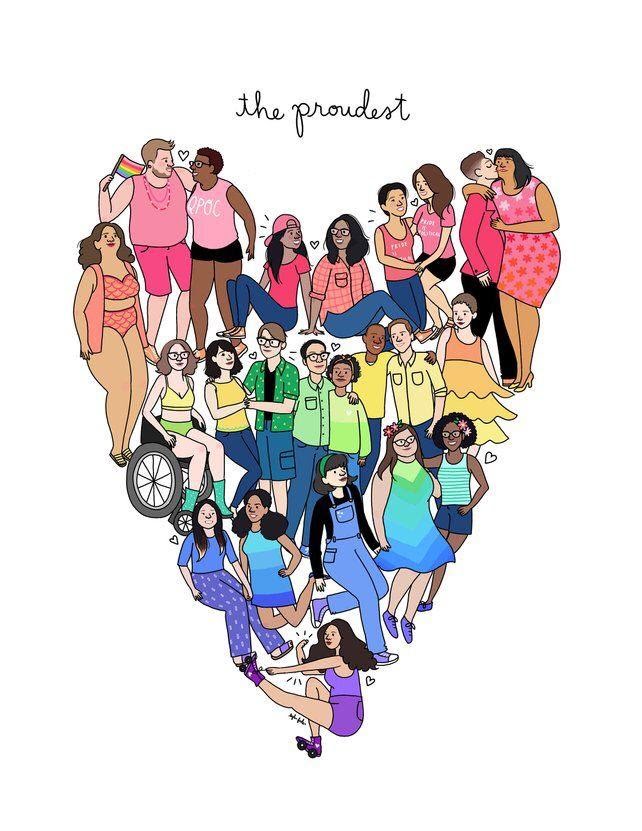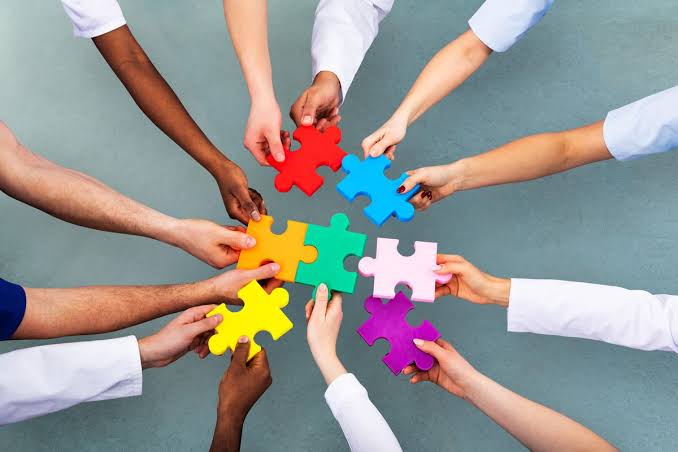I cannot begin to imagine how dull life was before Media became a thing; how black & white people’s perception of the world was because they had no vivid point of reference that affirms their culture & that extends beyond their vicinity.

It’s incredible how this has immensely changed over the last century. Today, society is heavily influenced by this puissant instrument that paints colourful pictures of the outside world, because the Media is at the forefront of driving narratives – it serves as a vehicle of transporting people’s multifold stories from secluded spaces right into the open, where people who are not a part of that particular group or yarn can have a second-hand experience of their everyday lives, as a means of shaping & understanding our culture & world altogether. However, in the pursuit of so doing, the issue of diversity is usually swept beneath the rug, so it is for that very reason that I saw it fit that I address the elephant in the room, so as to bring about enlightenment & foster change.
How many times have you watched a film or an advert on television, only to see a one-dimensional representation of our society? What justice does it serve to include only a selected few kinds of people when there is a wide range of interests, viewpoints & backgrounds at our disposal? Doesn’t it defeat the purpose of media & storytelling? The primary importance of inclusion is its assistance in demolishing the tall walls of stereotypes that have prevented humankind to know & actively engage with each other. For that matter, groups need to be accurately represented – in a manner that aligns with their truth and core values. It also challenges the “status quo”, I mean – what is normalcy anyway? There are still multiple groups that are inadequately represented in Western Media, these include People of colour, LGBTQ people, impaired people, to mention but a few. This leaves said communities with little to no role models to look up to & consequently diminishes their self-esteem if not taint it. For instance, in a predominantly white movie, the only black guy would be reduced to play the role of a criminal or an uneducated fellow, in another, you’ll find a bigoted view of a queer person (i.e. mannerisms & behaviour). Creators need to come to grips with the fact that movies & advertisements extend far beyond being means of entertainment! We are at a point where we put massive trust in these media sources in order to make informed decisions & shift our perceptions. Whatever they feed us sticks to our subconscious, so they need to ascertain that it does not perpetuate hate, prejudice or inequality in any way & also bear in mind that the messages that are being conveyed have the potential of being offensive to some, so they ought to heed with empathy & accurate depiction of everyone’s stories.
Of course, I’m not going to paint everyone with the same brush; there has been some steady progress in some areas. Case in point – back in the day you wouldn’t find a plus-size woman on the front page of a magazine or gracing our screens, but now they are afforded the opportunity of being TV presenters, models & playing lead roles. As a result, more women are oozing confidence & are very much proud of their body shapes. Now imagine how significant it would be if the same was done for each and every kind of person, regardless of their ethnicity, social status, gender & race!
It is high time that everyone in those boardrooms takes a stand! We need to embrace the co-existence of various backgrounds & have content that encompasses our heterogeneous population. As human beings, we thrive on relatability & connections, that sacred experience of oneness introduces a sense of belonging, happiness & love. The only way to achieve this is through authenticity & positive representation that will build self-confidence & allow different groups of society to learn more about each other, and for this reason, live harmoniously.


